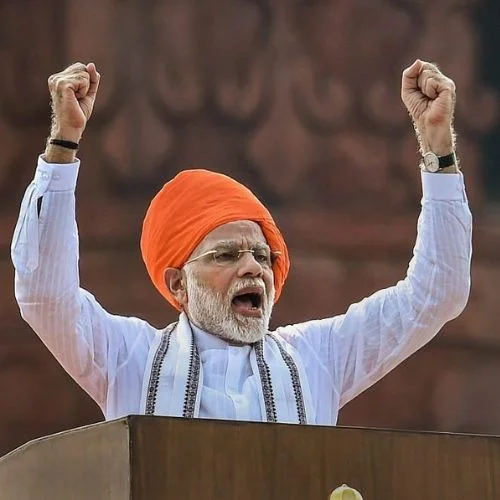Policymakers lost sight of the low returns on capital by depending on a billionaire to draw global investment in infrastructure.
A New York short seller has pushed India to confront a reflection of its long-simmering dissatisfaction with shoddy, insufficient infrastructure and its eager desire to plug the gaps immediately.
The Adani Group is the focus of Hindenburg Research’s attack, which aggressively marshaled wealth from around the world into India’s unfulfilled goals. The company has categorically disputed the activist investor’s charges of stock-price manipulation and accounting malfeasance.
For some Indians, the loss of more than $130 billion in market value is an affront to nationalist pride. Even those who refuse to associate Adani with India must admit that the country’s desire for better airports, broader roads, the faster train travels, more efficient ports, more dependable electricity supplies, and cleaner air is not supported by the purchasing power of the masses. For a while, stratospheric equity valuations may entice debt into asset-owning corporations.
When it comes to properly directing cash, India’s stock market provides several options. Certainly, domestic savings are modest and are just now being deployed by asset managers outside of gold, real estate, and bank deposits. Nonetheless, for foreigners prepared to face the risks associated with emerging economies, a 30%-plus return on capital employed (1) is standard. Except that, in most cases, similar opportunities are not available in infrastructure outside of telecom. And it is here that the Adani Group operates.
Consumer multinationals with a lengthy history, such as Unilever Plc and Colgate-Palmolive Co., are among India’s more efficient corporations.
They rub elbows with Tata Consultancy Services Ltd., Infosys Ltd., and Wipro Ltd., all of which are indigenous software exporters that have developed into worldwide corporations in their own right. Similarly, scooter and auto rickshaw manufacturer Bajaj Auto Ltd. sells 50% of its two-wheelers in other developing countries in Asia, Africa, and South America. Maruti Suzuki India Ltd. is now nearly double the market value of its Japanese parent.
What do they all have in common? They all yield relatively good returns on capital invested, which is to be expected in a young country with 1.4 billion people and plenty of inexpensive labor.
If you look closer at the Adani disaster, you’ll notice the opposite pattern: The majority of the group’s equities that have fallen this year have never boasted of great capital efficiency. Adani Enterprises Ltd., the flagship, has a return on capital employed of less than 10%, as does Adani Green Energy Ltd., one of India’s top solar power producers. Even Adani Total Gas Ltd.’s increased profitability may be due to its city-gas business winning bids to provide an ever-larger geographical region — in accordance with the government’s goal of providing 90% of the population with a cleaner energy source than diesel, coal, and cow-dung patties. Post-tax earnings were unchanged in the nine months through December; shares have fallen by roughly three-fourths since the short seller’s onslaught.















